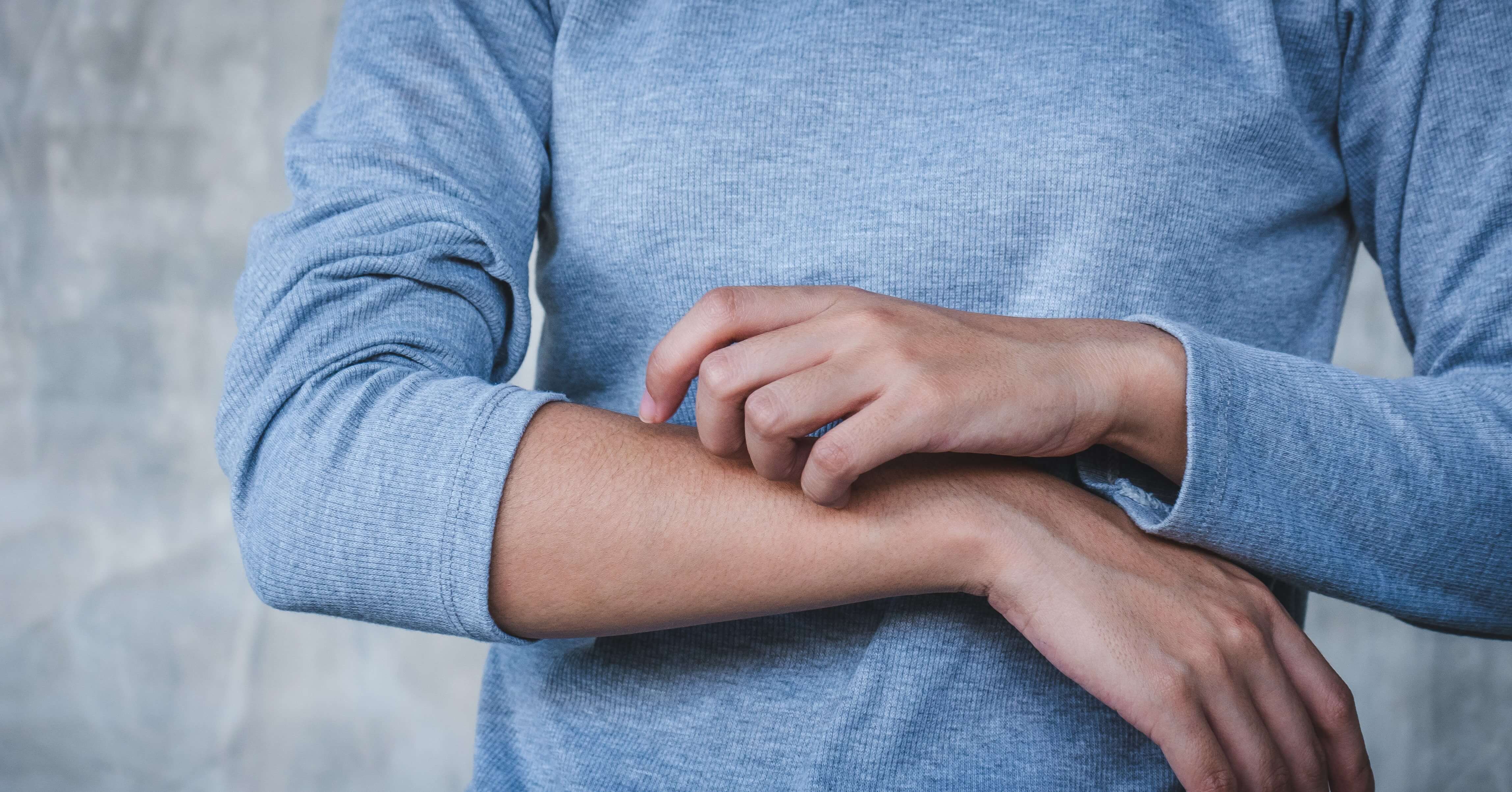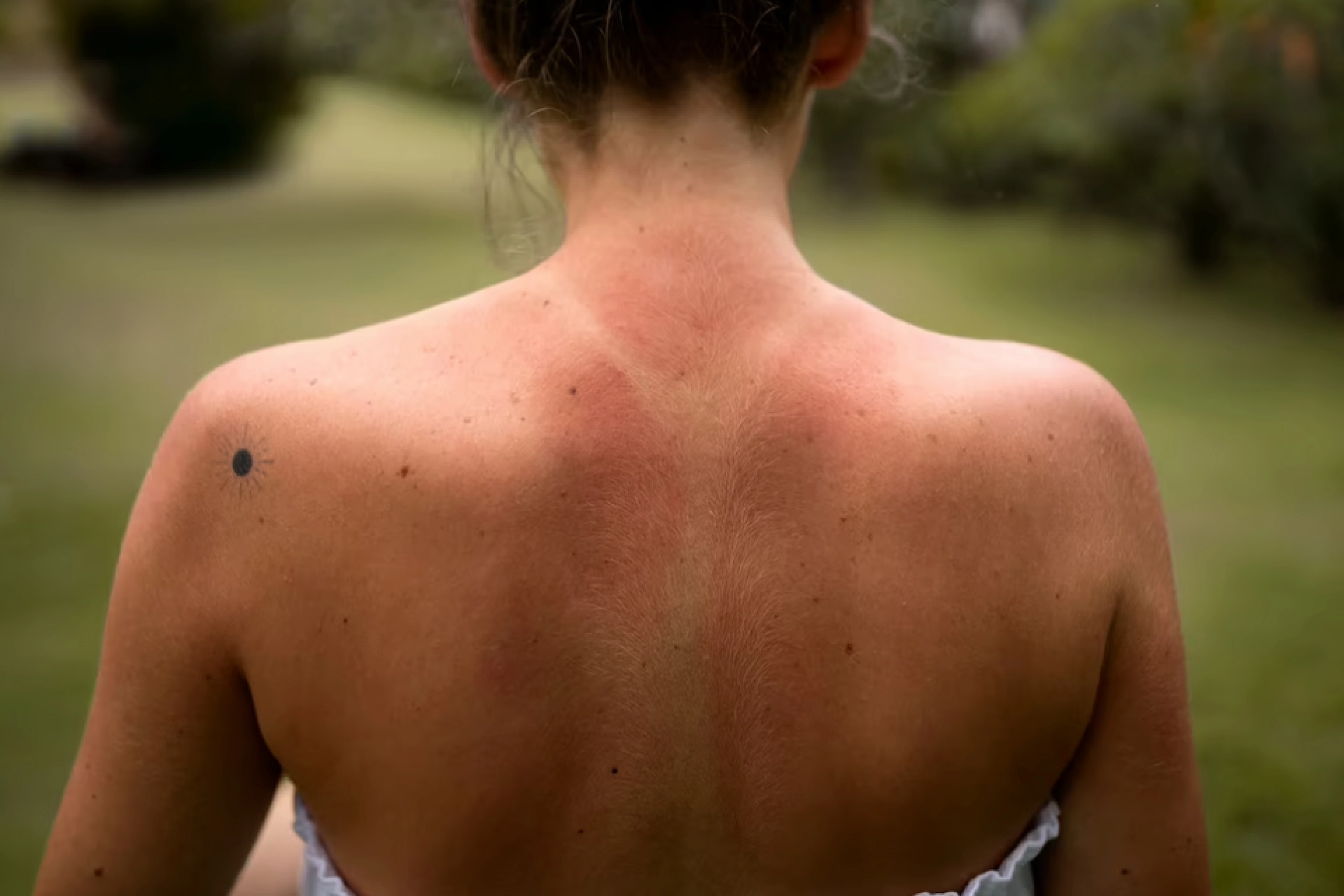Prosthodontics | 8 min read
Scabies Disease: Meaning, Causes, Treatment and Symptoms
Medically reviewed by
Table of Content
Key Takeaways
- Scabies is a highly contagious, itchy skin condition caused by a mite, namely, Sarcoptes scabiei.
- The symptoms may take as much as 4 to 8 weeks to develop in a person who has never been infected before.
- This is a skin infestation that causes much discomfort and early diagnosis helps check its spread.
Scabies is a highly contagious, itchy skin condition caused by a mite, namely, Sarcoptes scabiei. This skin condition is common and found across the globe. Closer home, there are reportedly over 1 million cases of scabies every year in India. The disease causes a red rash to form on the skin as the mites make a home in the skin’s outer layers. It may, at first scabies symptoms appear as another skin condition like acne. However, in the case of scabies, the itchiness is intense and relentless. Even as it is highly contagious and causes much itching, present-day scabies treatment is effective in eliminating both the mites and the eggs. So, once you pinpoint the skin condition, you can get treated faster.
Here is all you need to know about the causes, treatment, symptoms, and prevention of scabies.
What is Scabies?
It is an infestation of the skin caused by the itch mite. Since it is an infestation, it is not proper to call it a scabies infection. Instead, the disease can be termed scabies infestation. In simple terms, the human skin has an allergic reaction to the mites, their eggs, and their waste. The treatment is aimed at undoing the effects of the mite invasion.
Types of Scabies
1. Typical Scabies
The mite is passed from person to person through close contact and usually causes an itchy, red rash. In severe cases, the inflammation can cover most of the body. Scabies is more common in crowded or close living quarters, such as nursing homes, dormitories, and childcare facilities. It can also be passed from sexual contact.
Your doctor will likely prescribe a cream or lotion to kill the mites. The cream is usually applied to the whole body from the neck down and left on for 8 to 14 hours. Then it's washed off. Everyone in your household who has close contact with you will also need to be treated.
2. Nodular Scabies
Nodular scabies is a type of scabies that is characterized by the presence of nodules or bumps on the skin. These nodules are caused by the mites that burrow under the skin and lay their eggs. Nodular scabies is more severe than ordinary scabies and can be very uncomfortable. It is important to see a doctor if you think you might have nodular scabies so that you can get the proper treatment.
3. Norwegian Scabies
Norwegian scabies is a form of scabies that is more severe than traditional scabies. It is caused by the same mite that causes traditional scabies but is more resistant to treatment. Norwegian scabies can cause a wide range of symptoms, including intense itching, rash, and blistering. It can also lead to secondary infections. Norwegian scabies is most often seen in people who are immunocompromised or who have other health conditions that make them more susceptible to infection.
The infestations may be categorised into 3 types: Typical, Nodular, and Norwegian. Of these, Norwegian or crusted scabies is a complication that may arise in persons having a compromised or weakened immune system. Norwegian scabies is distinct in appearance, as thick crusts of skin house a large amount (millions) of mites and eggs.
Causes of Scabies
The infestation is caused by Sarcoptes scabiei var. Hominis, the human itch mite. This mite is less than 0.5mm long and persons having a normal scabies infestation carry only 10-15 mites at a time. While you may be able to see a minuscule black dot with the naked eye, a microscope can reveal mites, eggs, and waste matter. The burrows may also be seen without a microscope as raised, discolored lines. The female mite lays around 10-25 eggs inside a burrow.
Common areas for the scabies mite to live in include:
- The area in between the fingers
- The armpit
- The insides of the elbow, wrist, or knee
- The area around the waist or belt-line
- The area around the breasts and genitals
- The buttocks
- The scalp, neck, face, palms, and soles of infants, young children, elderly, and immunocompromised
Symptoms For Scabies
The most common symptom of scabies is intense itching, which is often worse at night. Other scabies symptoms may include a rash with tiny blisters or bumps, thin burrows on the skin, and crusting and scaling of the skin. Scabies is usually spread through close physical contacts, such as skin-to-skin contact or sharing clothing or bedding. It can also be spread through contact with contaminated surfaces, such as doorknobs, countertops, or towels. Scabies is a skin condition caused by the human itch mite. These mites burrow into the skin and lay their eggs, which can cause intense itching and irritation. Scabies is highly contagious and can be spread through close contact with an infected person.
Symptoms of scabies include
- Intense itching
- Irritation
- Red bumps on the skin
- Thickening of the skin
- Blisters
- Sores
The scabies symptoms may take as much as 4 to 8 weeks to develop in a person who has never suffered the infestation before. Note that during this period, an infected person can spread scabies meaning that even though the signs show up later, other persons around them are at risk. For a person who has had a previous infestation, the symptoms show up in a handful of days, generally 1 to 4 days.
The most common symptom is intense itching and rash. The itching is often worse at night, due to increased mite activity. The rash may show up at various parts of the body and at common sites such as the area in between the fingers and around the male genital area. Intense scratching can cause the skin to break and the sores to develop a bacterial infection, as in the case of impetigo.
The second symptom to look out for is tiny, track-like burrows on the skin. The female itch mite creates these tunnels, and these may appear as raised, discolored lines or tiny bumps and blisters. You may find the burrows at the common sites where the mite lives.
How Does Scabies Spread?
A scabies infestation spreads when the mites cross over from one person to the next. The mites only crawl, very slowly, and cannot jump or fly. A common mode of spreading is skin-to-skin contact for a prolonged period. You will generally not get the disease with a quick handshake. But it may spread through items used by an infected person, such as clothes or towels. However, this is more common in the case of crusted scabies.
You cannot get it from a pet, even though pets get scabies (mange), because the mite in pets and humans is different.
Scabies Prevention Tips
The best way to prevent scabies is to avoid skin-to-skin contact with a person who has the infestation. Circumstances to avoid include:
- Sexual activity
- Lingering in crowded places
- Sending your child to a day-care center
It is also recommended that you avoid infested objects. Note that the mite can survive for only 2-4 days off the human body and dies when subjected to a temperature of 50°C for 10 minutes. So, washing and drying bedding, clothing, etc. and vacuuming objects are good ways of preventing scabies.
Scabies Treatment
If scabies is left untreated, they can spread quickly and cause severe skin irritation. Treatment is important to relieve symptoms and prevent the spread of the infestation. Home treatment for scabies often includes a topical medication such as permethrin. This medication is applied to the skin and left on for a period of time to kill the mites. Other treatments may include oral medications or Steroid injections. In severe cases, hospitalization may be necessary. There are a number of home treatments that can help relieve the symptoms of scabies. These include over-the-counter anti-itch creams, as well as cooling compresses and oatmeal baths. It is also important to keep the affected area clean and dry. If home treatments are ineffective, your doctor may prescribe a medicated cream or ointment.
Medical Cures For Scabies
Scabies mites can live for 1-2 months on your skin and hence, you should look for treatment when you suspect an infestation. Your doctor will diagnose the condition as scabies by inspecting the rash, looking for the scabies mite, or performing the scabies ink test to trace burrows. Once the disease has been verified, treatment often takes the form of a scabicide. This medicine (cream or lotion) eliminates the mites, and sometimes the eggs too.
The scabicide is applied from the neck down to the toes, in the case of an adult. For children, the medicine is applied to the head and neck as well. The scabicide is left for the advised period, often 8 to 14 hours, and then washed off. Post-treatment, you should be healed within a month.
However, if after 2-4 weeks post the last scabicide application, the itching continues or new burrows show up, you may need retreatment.
Doctors may also prescribe additional medicines in case of:
- Extensive scabies
- Crusted scabies
- Relentless itching
- Bacterial infections
- Non-improvement after initial treatment
Since the symptoms take a while to appear, it is often recommended that entire households get treated for the disease.
Scabies Complications
Scabies complications include skin infections, secondary bacterial infections, and allergic reactions. Scabies can also spread to other body parts, such as hair and nails.
There are a few possible complications of scabies, including:
- Secondary skin infections: If the skin is cracked due to scratching, bacteria can enter and cause an infection
- Discomfort and itching: Scabies can be extremely itchy and can cause a great deal of discomfort
- Spread of infection: Scabies is highly contagious and can easily spread to others through close contact
Home Remedies For Scabies
Some home treatments that may help eliminate the scabies mite are:
- Soaps with neem extract
- Aloe vera
- Clove oil
- Tea tree oil
This is a skin infestation that causes much discomfort and early diagnosis helps check its spread. Today, the task of spotting symptoms and ruling out skin diseases is easier thanks to the healthcare platform provided by Bajaj Finserv Health. You can easily find relevant doctors in your vicinity, book online consultations, share personal health records for better diagnosis, set medication reminders, and more. You can even book an online appointment should your doctor want to do a visual check before you undergo scabies treatment. Get the best medical advice from expert doctors and start a healthy life.
References
- https://www.webmd.com/skin-problems-and-treatments/ss/slideshow-scabies-overview
- https://www.cdc.gov/parasites/scabies/gen_info/faqs.html
- https://www.mayoclinic.org/diseases-conditions/scabies/symptoms-causes/syc-20377378
- https://www.mayoclinic.org/diseases-conditions/scabies/symptoms-causes/syc-20377378
Disclaimer
Please note that this article is solely meant for informational purposes and Bajaj Finserv Health Limited (“BFHL”) does not shoulder any responsibility of the views/advice/information expressed/given by the writer/reviewer/originator. This article should not be considered as a substitute for any medical advice, diagnosis or treatment. Always consult with your trusted physician/qualified healthcare professional to evaluate your medical condition. The above article has been reviewed by a qualified doctor and BFHL is not responsible for any damages for any information or services provided by any third party.





